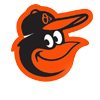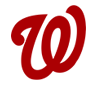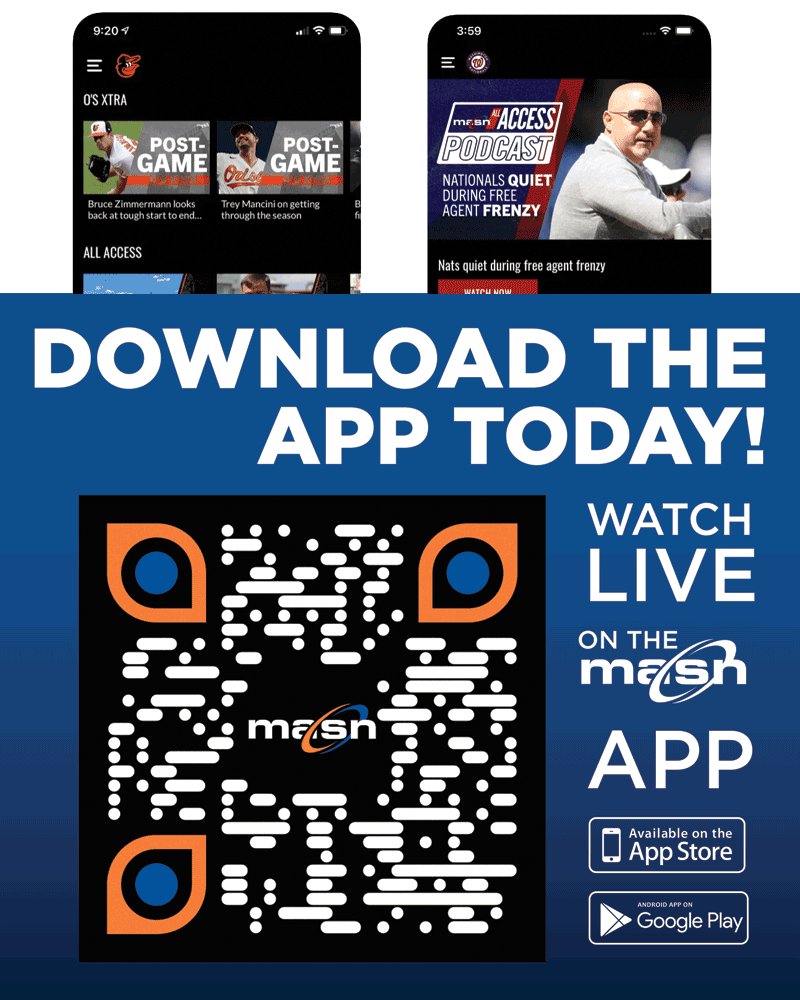PLAYER REVIEW: JACOB YOUNG
Age on Opening Day 2026: 26
How acquired: Seventh round pick, 2021 Draft
MLB service time: 2 years, 37 days
2025 salary: $768,700
Contract status: Under club control, arbitration-eligible in 2027, free agent in 2030
2025 stats: 120 G, 364 PA, 324 AB, 34 R, 75 H, 10 2B, 1 3B, 2 HR, 31 RBI, 15 SB, 11 CS, 27 BB, 65 SO, .231 AVG, .296 OBP, .287 SLG, .583 OPS, 68 OPS+, 13 DRS, 14 OAA, 1.3 bWAR, 1.0 fWAR
Quotable: “His first step to go in any direction, any route, is unbelievable. I think last year, I think he got robbed. He should have won the Gold Glove. And this year, he proved every day that he goes out there, you know you’ve got someone that can cover a lot of ground.” – Miguel Cairo
2025 analysis: On the heels of his first full big league season, Young entered this year knowing he needed to continue his stellar work in the field while showing real improvement at the plate and on the bases, knowing several outfield prospects were knocking on the door and just waiting for the call. He was given ample opportunity from the outset, starting 36 of the team’s first 49 games. But while his glove work remained elite, his offensive production regressed.
A jammed shoulder landed Young on the injured list for three weeks in late-May and early-June, opening the door for both Robert Hassell III and Daylen Lile to make their major league debuts. But as soon as he was ready to be activated, Young reassumed his everyday role, starting 44 of the Nationals’ next 47 games even though his production remained at similar levels.
It took until mid-August before Cairo began to bench Young with more regularity. He started only 22 of the team’s final 44 games, splitting time in center field with Hassell. He continued to dazzle in the field, including a pair of spectacular catches at Citi Field that helped prevent the Mets from making the postseason. But his offense, while ticking up a bit over that final stretch, remained well below league average marks. And his baserunning regressed in disappointing fashion, with only 15 stolen bases (down from 33 the year before) and a league-leading 11 times caught stealing.
2026 outlook: The narrative surrounding Young has been in place for a while. He wasn’t as highly touted as most of the organization’s outfield prospects, but he reached the big leagues first and thus had the opportunity to make a case for himself before any of the others arrived. His defensive skills in center field take a back seat to nobody, but he was going to have to put up at least modest offensive production to stick in the long term.
Nothing about that narrative has changed through two full seasons in the majors. Young unquestionably is one of the best defensive center fielders in the game, and there’s plenty of value in that (the fourth highest Outs Above Average at his position). But he’s also one of the weakest offensive performers in the game (the fourth lowest OPS among all big leaguers with 300 plate appearances). And his baserunning struggles – which, given his natural speed, should be a real strength – really hurt his cause.
Young makes plenty of contact (89.1 percent on pitches in the zone) and doesn’t chase that much (23.9 percent swings on pitches out of the zone). But he simply doesn’t hit the ball hard or in the air enough. His average exit velocity (87.6 mph) is in the 16th percentile among all major league hitters. And his ground ball rate (56.5 percent) is sixth-worst in the majors.
At this point, James Wood, Dylan Crews and Lile are all locks to be in the everyday lineup, with Hassell still needing to prove himself at the big league level. If the Nationals use the DH slot to give the regular outfielders occasional breathers, there could still be playing time available to Young. But he’s probably looking at the fourth outfielder’s job at best right now. And if the organization decides to bring in another player, or decides it’s committed to someone like Hassell or Andrew Pinckney, there may not be a place for Young on the 26-man roster anymore.




-1745819772711.png)

